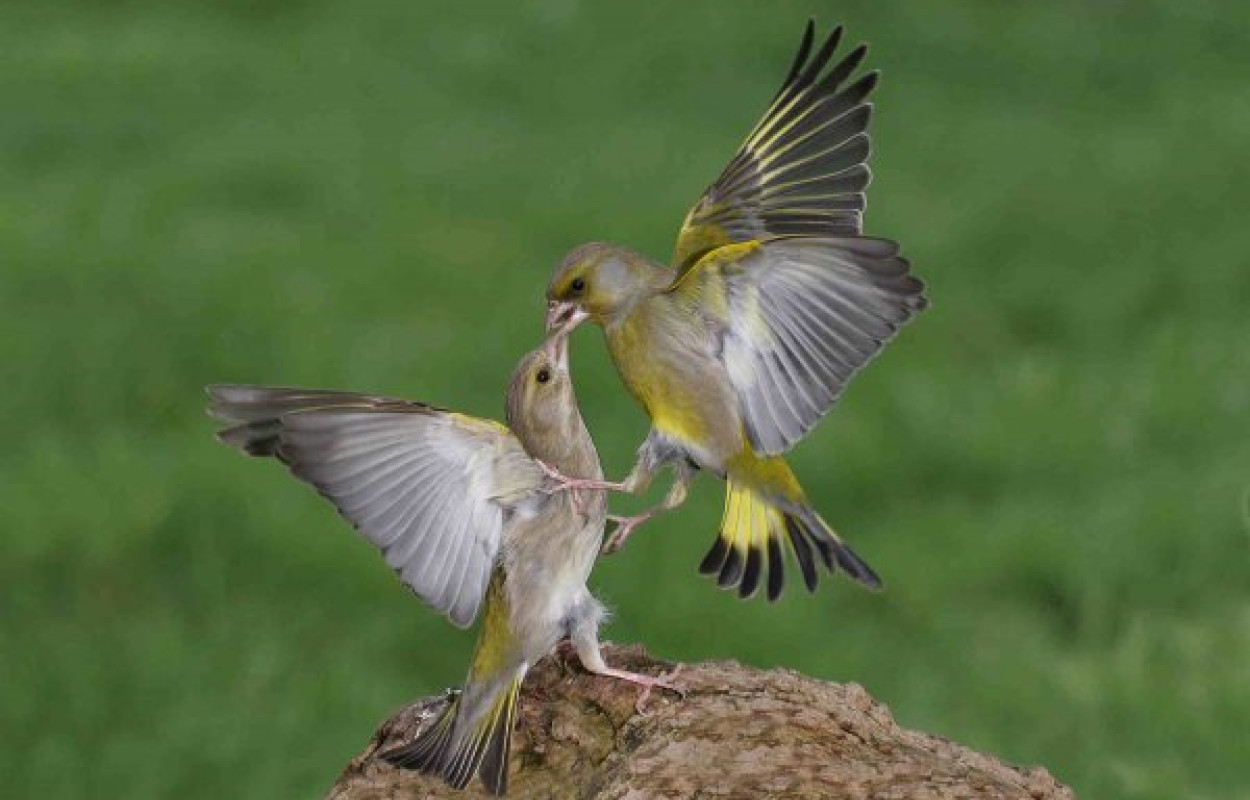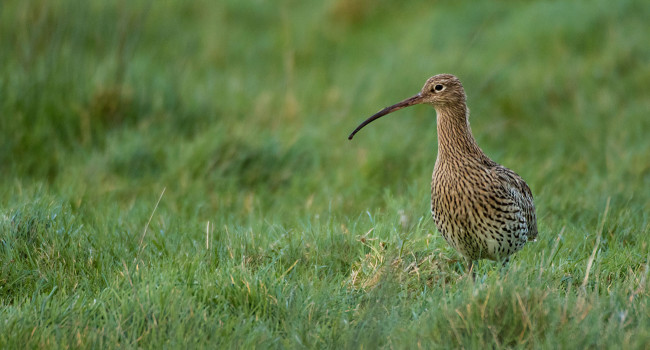The emergence and spread of finch trichomonosis in the British Isles

Author(s): Lawson, B., Robinson, R.A., Colvile, K.M., Peck, K.M., Chantrey, J., Pennycott, T.W., Simpson, V.R., Toms, M.P. & Cunningham, A.A.
Published: January 2012
Journal: Philosophical Transactions of the Royal Society B Volume: 367
Digital Identifier No. (DOI): 10.1098/rstb.2012.0130
The protozoan parasite responsible for finch trichomonosis has caused epidemic mortality in Greenfinches and Chaffinches across the British Isles. A new study, which uses data from GBW, GBFS and BBS, shows that the British population of breeding Greenfinches has fallen from approximately 4.3 million to 2.8 million birds since the disease’s emergence in 2005, and that the number of Greenfinches visiting gardens has also halved during this time. Chaffinches have been less severely affected.
Trichomonosis initially took hold in central and western parts of England and Wales, before spreading east and north into Scotland from 2007 onwards. Incidences were reported in Ireland from autumn 2007. This geographical expansion is thought to have occurred with the seasonal movements of infected individuals.
The study’s authors suggest that trichomonosis might have jumped to finches from Woodpigeons. Pigeon and dove populations are traditional reservoirs of this parasite and, as they have similar food preferences, the spill-over from Woodpigeons to finches, and subsequent transmission between finches, could have taken place at shared feeding sites. This study has important implications for managing the on-going impact of the finch trichomonosis epidemic, and for assessing the likely effect of any future wildlife disease outbreaks.








Share this page